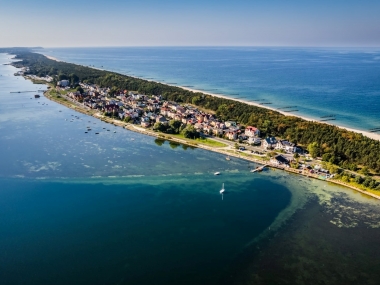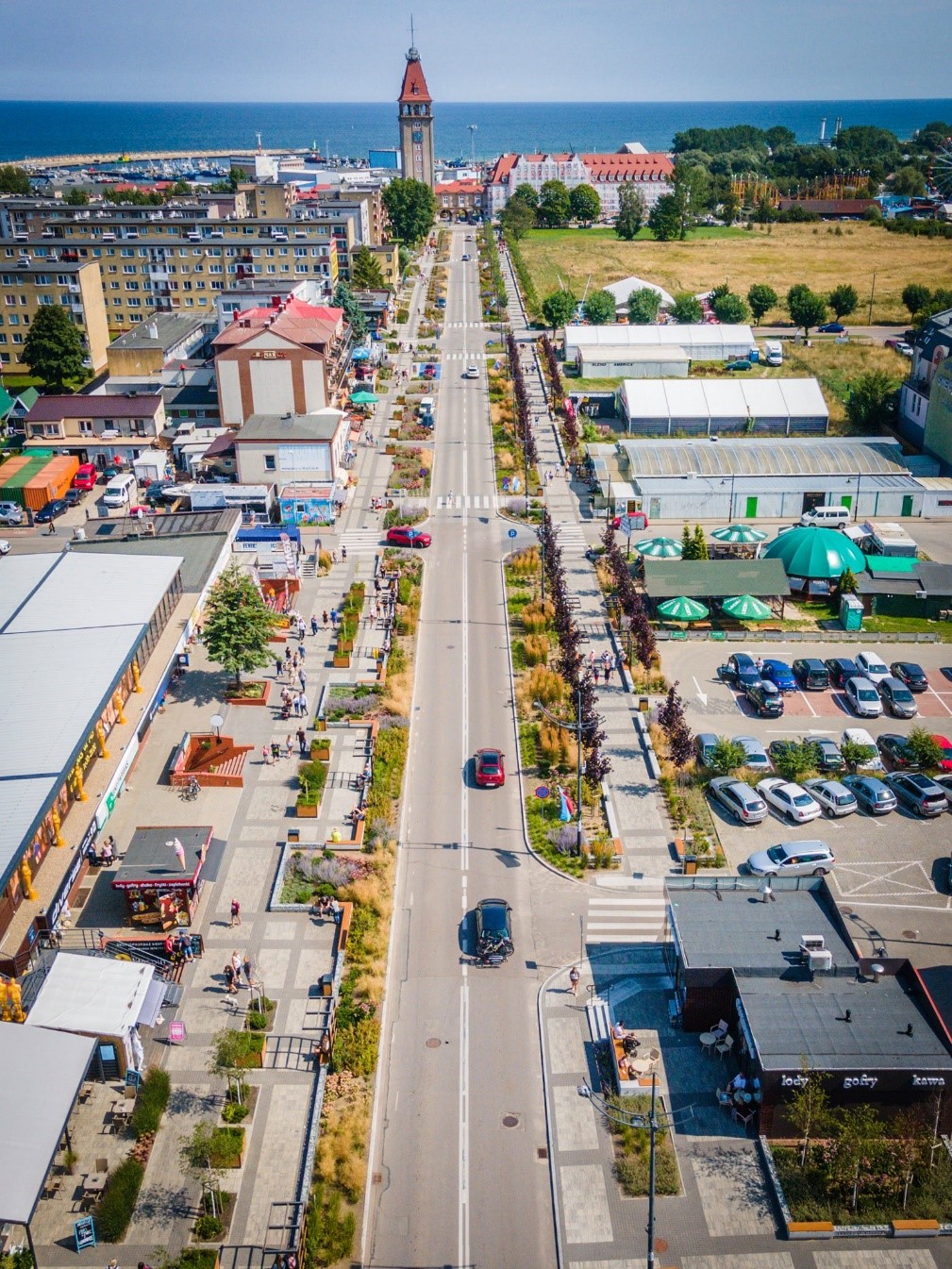The metropolitan dimension of mobility planning
Edited on
20 May 2022In today's world, the ability to move freely is one of the basic needs of residents. We move every day for various purposes, to work, to school, to use the services or the unique advantages of a given area. Many journeys have a metropolitan dimension, which means that cities have to look for tools which will facilitate the development of transport and mobility on a metropolitan scale. Here is the approach of the Gdansk metropolis to the issue.

Traveling around a metropolis, one encounters various challenges related to the different ways of transport and mobility are organized. We have to deal with different tariffs in public transport, different approach to individual car transport, different parking fees and the way they are paid. Often we can notice lack of transport solutions at the regional or even country level that would solve local problems.
This happens if neighbouring local governments do not pursue a common transport policy, i.e. there is no transport management at the metropolitan level. The lack of cooperation often results from the lack of a common vision of transport development, which would be agreed by all stakeholders and correspond to each municipality’s development challenges. The solution could be a Sustainable Urban Mobility Plan, which is a response to the problem of metropolitan governance in the transport and mobility.
A Sustainable Urban Mobility Plan is a strategic plan designed to satisfy the mobility needs of people and businesses in cities and their surroundings for a better quality of life. It builds on existing planning practices and takes due consideration of integration, participation, and evaluation principles. Thus it is a major tool for addressing transport and mobility challenges of neighbouring municipalities.
The self-governments associated within the Metropolitan Area Gdansk Gdynia Sopot decided to elaborate solutions to the transport problems of the Hel Peninsula by developing together Sustainable Mobility Plan. Local governments were inspired by the idea of creating a common mobility plan as part of the Ri-Connect project.
The aim of the RiConnect project implemented by the Metropolitan Area Gdansk-Gdynia-Sopot is to propose solutions that will improve public transport and support the mobility of metropolitan residents. As part of the project, a mobility plan for the Hel Peninsula is being developed. We want to find the best alternatives to car transport, use the already existing resources and develop them in such a way that reaching the Hel Peninsula and travelling around it is friendly to residents, tourists and the environment.
The Hel Peninsula is a unique area not only due to its specific shape or exceptional tourist and natural values, but also due to transport problems that affect, especially during summer holidays, the entire metropolitan area. The main cause of transport problems is high popularity of the Hel Peninsula among tourists, placing the area among the top 5 most popular destinations in Poland. During the summer months, the peninsula's population increases tenfold, and most trips are made by cars.
The main challenge identified during elaboration of SUMP is the lack of an alternative to a car. On the other hand there is a need for a well-organized and frequently running rail transport that would enable reaching the Hel Peninsula from various parts of Poland. The solution in this regard would be the modernization of the 213 Reda-Hel railway line, which could ensure convenient transport for a all, as well as a convenient way to travel between the charming towns on the Hel Peninsula during vacation.
To implement this investment local governments must form a coalition and lobby for this solution together, as the central government is responsible for providing the financing.
The modernization of the railway line is by far the most important, but not the only action that municipalities located on the Hel Peninsula will be able to implement together. After many months of work, local government officials working under Urbact Local Group decided that it would be necessary to introduce a common, uniform parking policy, which would gradually discourage people from arriving in Hel by car, and at the same time would sort out the spatial chaos related to parking. The aim of this action is not only to reduce traffic jams caused by tourists, but also to protect the climate and reduce the negative impact on the environment associated with the uncontrolled inflow of tourists to Hel Peninsula.

Refurbished Hallera street in Władysławowo. Credit: Jakub Groenwald
In turn, the solutions to give trusts and residents the opportunity to move freely around the Hel Peninsula are to introduce shared mobility systems - such as bicycles or light electric cars. All this, of course, must be combined with activities aimed at traffic calming in order to improve safety and create an atmosphere of peace and relaxation in this unique place.
The Mobility Plan for Hel is created thanks to the RiConnect project and the Urbact cooperation network. The exchange of experiences of European metropoles, enabled creation of the metropolitan governance tool which will to solve the mobility problems that have been accumulating over the years. The direct engagement of politicians into the process it gives hope that the first jointly developed changes will be implemented soon.
Cover image: Hel Peninsula. Credit: Konrad Kędzior
 Submitted by Mikel Berra-Sandín on
Submitted by Mikel Berra-Sandín on

